2018 Top 100 Ecommerce Retailers Benchmark Study
Analyzing the marketing and security practices of Top 100 ecommerce websites.
If you’re an ecommerce retailer, you need to know what your competitors are doing. If you don’t know what they’re up to, you won’t be able to create a strategy to beat them and win customers. That’s why we’re excited to release the results of our first annual Top 100 Ecommerce Retailers Benchmark Study.
There’s no better friend to any merchant than a fair competitor.
James Cash Penney
Ecommerce Marketing Tactics
In today’s crowded marketplace, companies are battling for customers’ attention. Without effective marketing, ecommerce companies won’t capture market share. We analyzed a few key marketing tactics being used by the top 100 ecommerce websites – here are our notable findings.
Don't make the same mistakes
Yahoo, Equifax, Home Depot,
LinkedIn, and Ericsson did!
Get our free 15-point checklist and
avoid the same costly pitfalls.
Contact details collected on InfoSec Insights may be used to send you requested information, blog update notices, and for marketing purposes. Learn more...
Organic Search Traffic Is King
Social media sites like Facebook may get most of the press coverage and buzz today, but it’s still search engines that drive most traffic and revenue in ecommerce. Analyzing traffic data for the top 100 ecommerce sites revealed that search was the leader by far, with social and referrals coming in as distant competitors:
- Direct: 40%
- Referrals: 5%
- Search: 44%
- Social: 3.5%
- Display: 2.5%
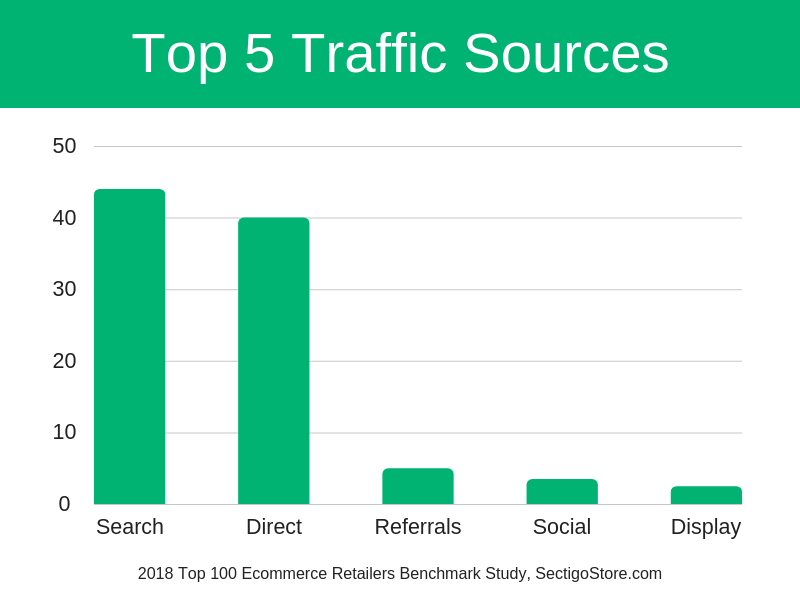
Most Sites Don’t Use Cart Abandonment Emails
Sending cart abandonment emails can be a simple way to increase revenue by reminding customers about a purchase they were going to make. But less than a quarter (22%) of the top 100 ecommerce sites have implemented cart abandonment emails.
Ecommerce Security Practices
With data breaches making the news every week, data protection has become increasingly important to users. We analyzed the retailer websites in our study to identify security practices and technologies the top 100 ecommerce retailers have put in place. Here’s what we found:
93% Have Fully Switched To HTTPS
For many years, a typical ecommerce website was only partially on HTTPS protocol. Sites used HTTPS on checkout pages where users were entering their credit card details while the rest of the website would use HTTP.
More recently, Google and other industry players have been pushing websites to adopt HTTPS across all pages. We found that the top 100 ecommerce retailers are on board with this trend, with 93% forcing HTTPS on all pages on their site. The remaining 7% default to HTTP and only force HTTPS during checkout.
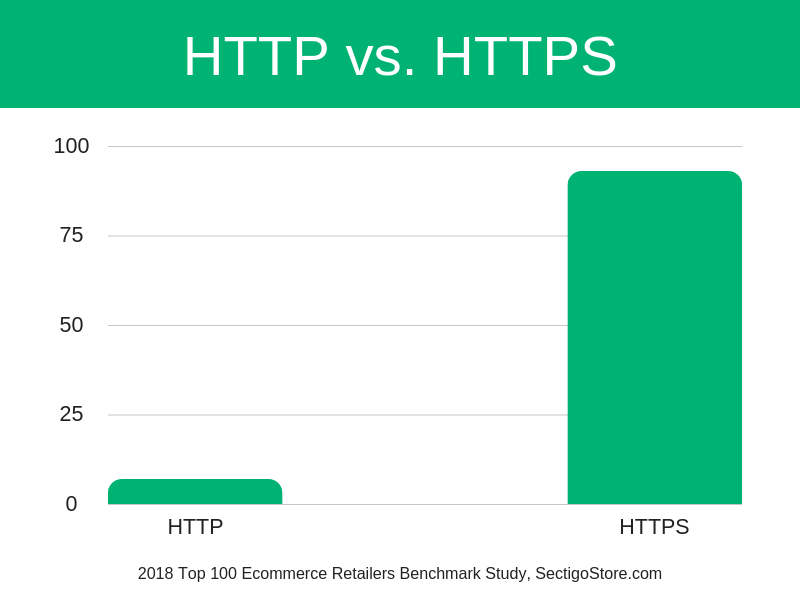
Just Under ½ Display A Security Seal
In addition to the standard padlock that displays in the address bar on HTTPS pages, there are a variety of security seals available for ecommerce websites to display to users. Many allow the user to verify that the site’s security is up to date. We found that 40% of the top 100 ecommerce sites have added a third-party security seal to their website.
These third-party security seals are even more valuable for smaller websites that the user may not trust as much as a well-known brand.
Nearly All Use A High-Assurance SSL Certificate
There are several types of SSL certificates (the technology that enables HTTPS security) available on the market:
- Basic validation (aka DV). These certificates encrypt web
traffic, but don’t validate the organization that runs the website. - Business validation (aka OV or EV). These certificates both encrypt web traffic and validate the organization running the website. EV certificates also enable an expanded green address bar.
Our analysis found that 97% of the top
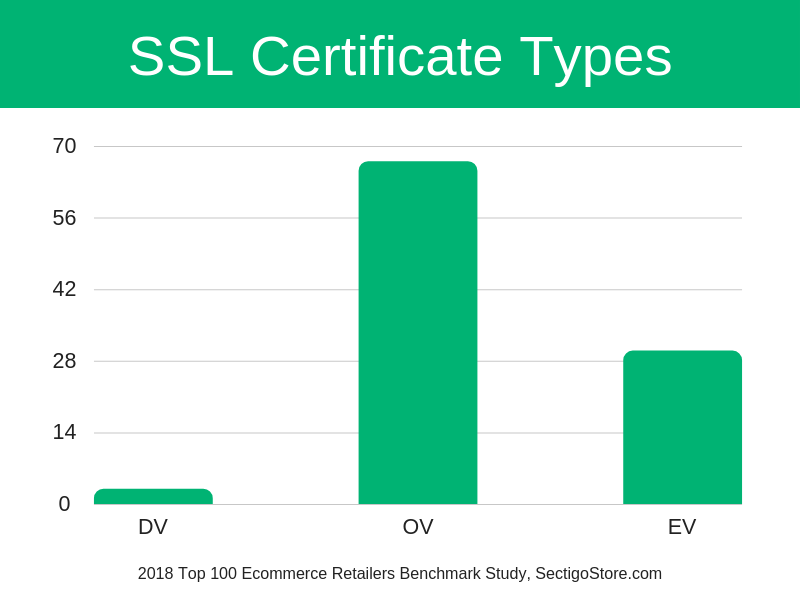
HSTS Is Just Catching On
HTTP Strict Transport Security, or HSTS, is a relatively new mechanism to ensure a website always loads over HTTPS. This means that even if a hacker gains access to the users wireless router, the hacker will find it difficult to intercept and steal payment details. This option is still catching on, with only one-quarter of the websites implementing HSTS so far.
Every Site Has A Security and/or Privacy Page
With security breaches in the news every week, security and privacy are big concerns for the average consumer. Top ecommerce websites recognize this – 100% of the top 100 sites have a security and/or privacy page on their website.
Most Have Implemented Minimum Password Requirements
Low security and shared passwords are a big security issue for brands and consumers. Of the top 100 ecommerce websites, 90% require passwords with a minimum length, and 60% require passwords that meet minimum complexity requirements (for example, with numbers or special characters.)
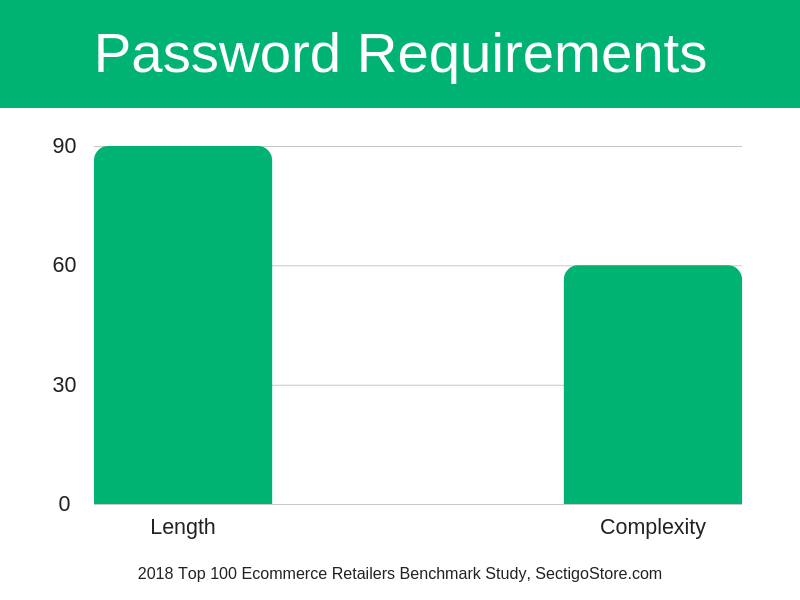
Ecommerce Customer Experience Practices
Giving customers a smooth, enjoyable shopping experience is critical—not only for capturing the first sale, but for encouraging customers to come back and purchase again.
Make your product easier to buy than your competition, or you will find your customers buying from them, not you.
Mark Cuban
Most Sites Offer Phone & Chat Support
Fast shipping and good customer support are among the most important things customers expect from an ecommerce retailer. While part of the attraction of ecommerce is the ability to purchase from your computer or tablet at home, customers also expect to be able to interact with support staff when needed.
Of the top 100 ecommerce sites, 99 offer phone support and 53 offer live chat support.
Most Stores Offer Free Shipping
Amazon’s industry-revolutionizing approach still shapes the ecommerce market today, with just over two-thirds (68%) of the top 100 ecommerce sites offering free shipping. The average minimum to qualify for free shipping is $52.
Several websites, such as Dell, Nordstrom, and Zappos, offer free shipping on all orders with no minimum. A few websites go the other direction, requiring a $150 minimum order to qualify for free shipping. The average site sets a $50 minimum order size for free shipping.
Most Sites Allow 1-2 Months For Returns
Company policies on returns vary widely – from no returns at all, to money back guarantees with no questions asks. Most companies offer some ability to return unwanted products. The average return window is 67 days, while the median return window is 45 days. (The average is higher due to a handful of companies that accept returns up to one year from the purchase date.)










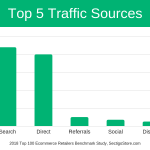



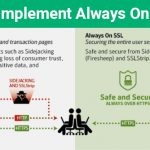








 (23 votes, average: 4.48 out of 5)
(23 votes, average: 4.48 out of 5)






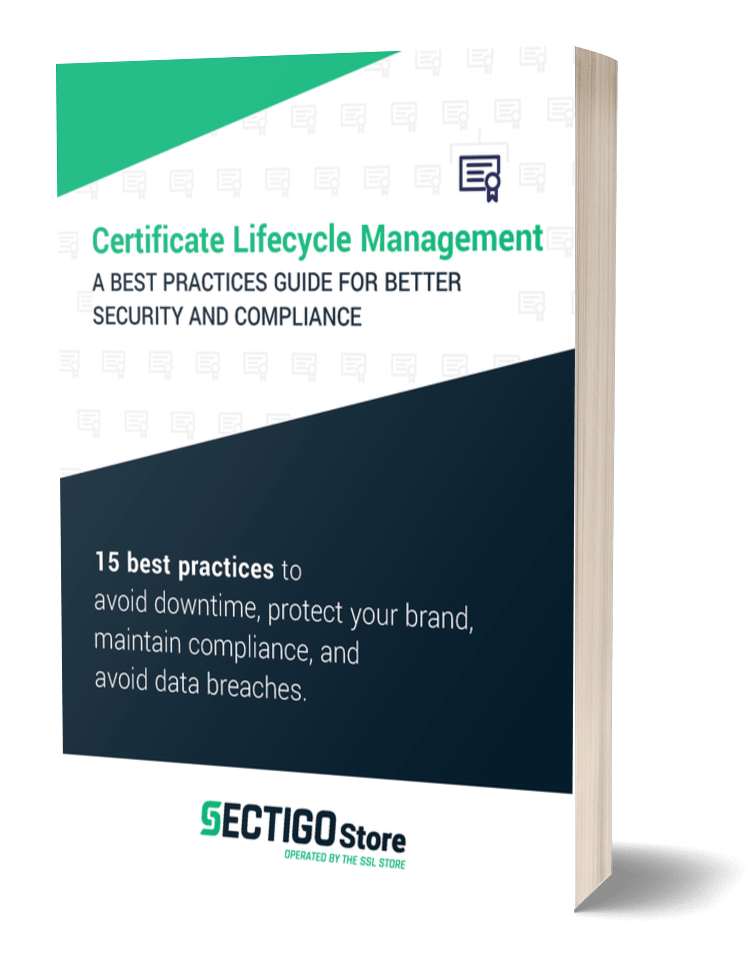
No comments